جمع جزء: 139,000 تومان
- × 1 عدد: Python for SEO & Content Marketing - 139,000 تومان
3ds Max is best known for its modeling and rendering tools. These strengths come into play in architecture, manufacturing, game development, industrial design, and motion graphics. There are dozens of features and techniques to master, from modeling and texturing to lighting and rendering. This course covers 3ds Max from the ground up, providing an overview of the entire package as well as essential skills that 3D artists need to create professional models and animations.
Learn how to get around the 3ds Max interface and customize it to suit your preferences. Discover how to model different objects using splines, polygons, and subdivision surfaces. Then, learn to construct hierarchies, add cameras and lights, and animate with keyframes. Instructor Aaron F. Ross also takes an in-depth look at materials and texture mapping, as well as options for rendering engines such as Arnold and Quicksilver.
در این روش نیاز به افزودن محصول به سبد خرید و تکمیل اطلاعات نیست و شما پس از وارد کردن ایمیل خود و طی کردن مراحل پرداخت لینک های دریافت محصولات را در ایمیل خود دریافت خواهید کرد.


یادگیری کامل 3ds Max 2020

آموزش Render با موتور رندر Arnold در 3Ds Max
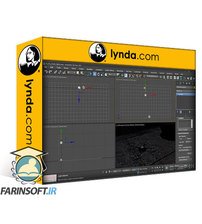
کورس یادگیری کامل 3ds Max 2021

دوره یادگیری ترفندها ، نکات و تکنیک های 3Ds Max
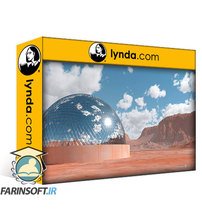
دوره یادگیری سریع 3ds Max 2022
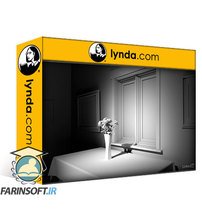
آموزش رندر در مایا با Arnold 4
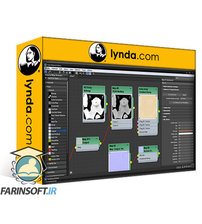
آموزش پیشرفته ماتریال ها در 3Ds Max
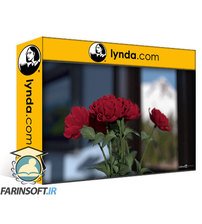
آموزش Render در مایا با موتور رندر Arnold 6

آموزش کار با افزونه Bifrost نرم افزار مایا
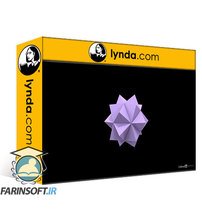
آموزش نکات ، تکنیک ها و ترفندهای 3ds Max
✨ تا ۷۰% تخفیف با شارژ کیف پول 🎁
مشاهده پلن ها